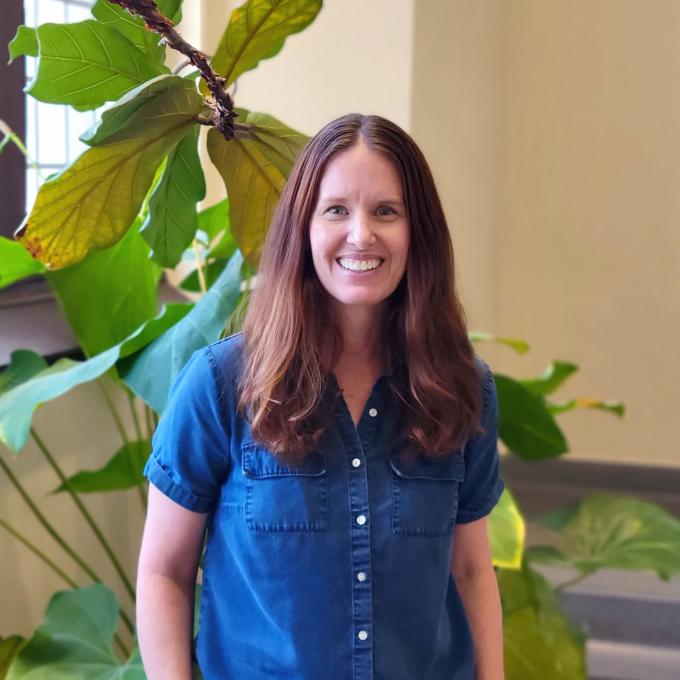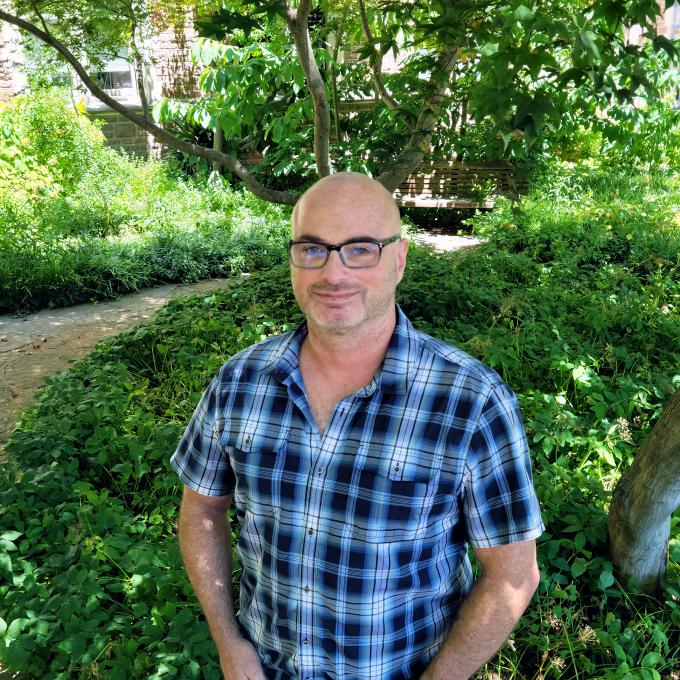

Our people are extraordinary.
Search for People:

Ethan Abercrombie
Graduate Student
Ecology & Evolutionary Biology

Matthew Albrecht
Honorary Adjunct Professor of Biology

Vivek Ambastha
Staff Scientist

Mark Ames
Departmental Payroll/Accounting Assistant

Jacob Amme
Graduate Student
Neurosciences

Cheyenne Anderson
Graduate Student
Plant & Microbial Biosciences

Kara Andres
Postdoctoral Research Associate

Nanjaraj Urs Ankanahalli
Postdoctoral Research Associate

Kaylee Arnold
Postdoctoral Research Associate

Jennifer Aubry
Biology Administrative Assistant

Justin Baldwin
Graduate Student
Ecology & Evolutionary Biology

Anindita Banerjee
Staff Scientist

Rebecca Bart
Honorary Adjunct Professor

Heather Barton
Senior Lecturer in Biology

Ivan Baxter
Honorary Adjunct Professor
Roger Beachy
Professor Emeritus of Biology

Sarah Beagle
Postdoctoral Research Associate

April Bednarski
Teaching Professor
Associate Director of Undergraduate Studies

Yehuda Ben-Shahar
Professor of Biology

Katherine Benza
Graduate Student
Plant & Microbial Biosciences

Daniel Berkovich
Research Lab Tech

Kiran Bhaskaran Nair
Scientific Programmer

Maitrayee Bhattacharyya
Research Associate
